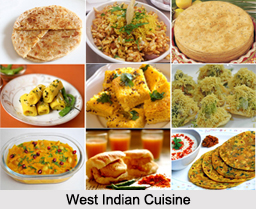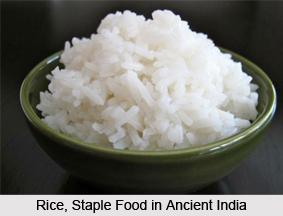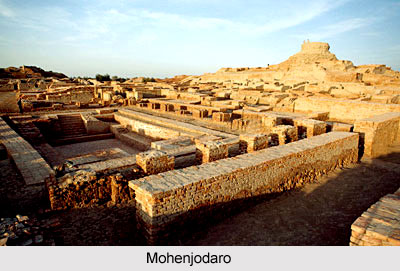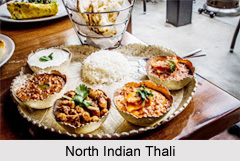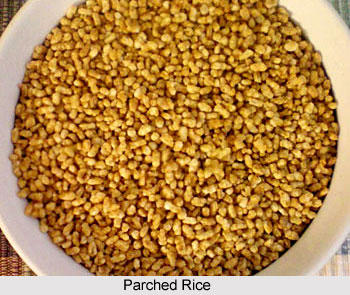 Food in Epic period includes those references which are mentioned in the Epics of India namely Mahabharata, Ramayana and Manusmriti that are considered to be the earliest texts of India. These reflect the essence of India that prevailed in ancient times. Overall these too include wide variety of cereals and pulses that was consumed by the maharajas of India and its kingdom. Among cereals the epics classify four variety of food - hard food, soft food, food preparations which are sucked and food stuffs which are licked.
Food in Epic period includes those references which are mentioned in the Epics of India namely Mahabharata, Ramayana and Manusmriti that are considered to be the earliest texts of India. These reflect the essence of India that prevailed in ancient times. Overall these too include wide variety of cereals and pulses that was consumed by the maharajas of India and its kingdom. Among cereals the epics classify four variety of food - hard food, soft food, food preparations which are sucked and food stuffs which are licked.
Of the rice preparations, parched rice, boiled rice, milk rice, Krasara and Saskull were the most common. Among the barley preparations groats, Yavaka and Apupas continued to be popular. Vatya was a gruel prepared with parched barley. Wheat preparations were not so common.
Food in Epic period further included the dairy products in which the Brahmana was not allowed to drink milk of sheep, mare, asses, camels, deer, women, and a cow which had recently calved. Honey was yet very common along with curd, buttermilk, clarified butter etc. In case of consuming meat a rajan was free to take any kind of meat like the meat of the deer, birds, fishes, etc It is also mentioned that meat of the Ashwamedha horse was also taken by the victorious. As such all the animals which were offered for sacrifice were to be consumed after the sacrifice was over. Along with this the epic also lays down a detailed description about the meat taken by the beasts. Along with this the cuisine of epic period included large varieties fruits and vegetables along with sweets. While honey formed a major part of the diet it also included large variety of intoxicating drinks.
Thus the foods in Epic period only reiterate the traditions of ancient India which can see huge similarity with the early Vedic age. As the Vedic civilisation in India is known to be the earliest civilization this carries a number of similarity with Ancient Epic Period.
